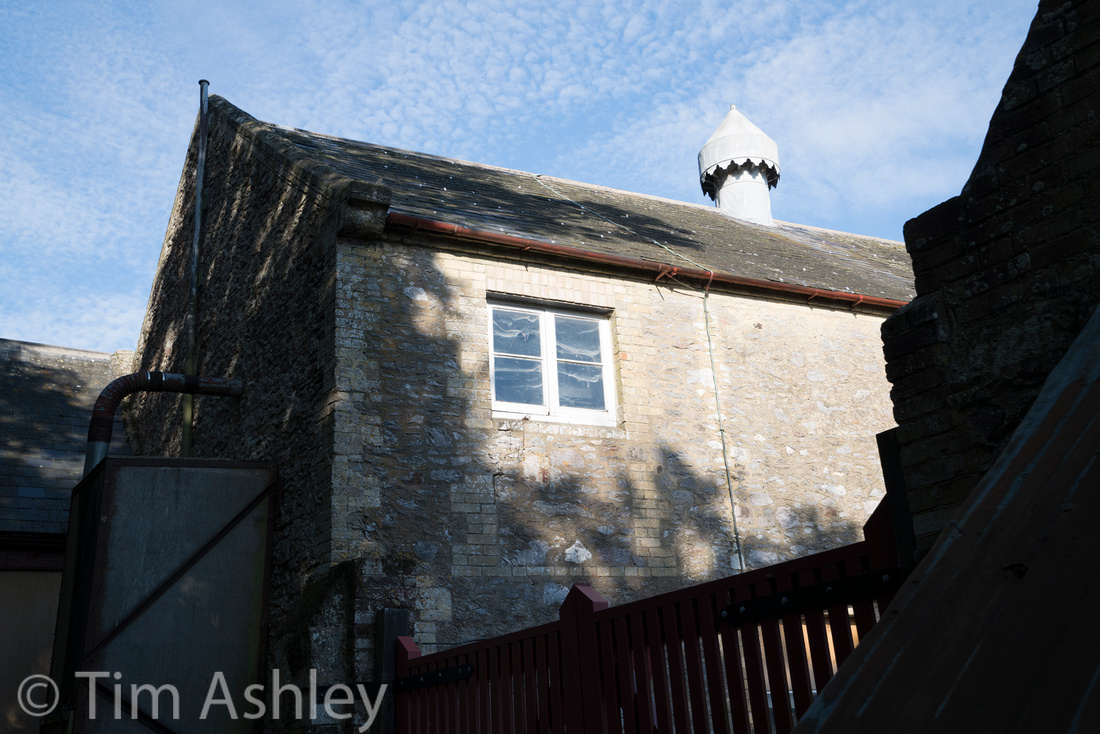tashley
Subscriber Member
After all the excitement of 'Lloydgate' and having myself experienced the way in which the camera can hold RAW highlights far better than the histo, blinkies or zebra imply, I did a little test. The following image had to be exposed at -3EV to stop there being any sign of zebra (set at 100+ and with other video settings at defaults) but I then shot it at all compensations allowed, up to +2, and the first file that shows no clipped highlights (or shadows for that matter) in LR was at -1/3rd, which is 2.66 stops headroom above that suggested by the zebra.
I've been using a rough rule of thumb that I have about 1.5 stops headroom over the 'blinkies' up until now. Here, the blinkies kick in at -2, whereas -2.3 has no blinkies. So that's two stops better headroom than blinkies in terms of headroom.
So, given that even though Zebra is basically a video feature but is also pre-shot rather than post-shot and therefore more useful, I am going to experiment with the technique of dialling compensation in negatively with this sort of scene (dark areas but with highlights I want to preserve) until the zebra disappears and then dialling it back up by 2.33 or 2.66 stops. Clearly this depends on the profiles and effects you have set up for video shooting but for me this is a starting point that could be useful.
What do others think?

I've been using a rough rule of thumb that I have about 1.5 stops headroom over the 'blinkies' up until now. Here, the blinkies kick in at -2, whereas -2.3 has no blinkies. So that's two stops better headroom than blinkies in terms of headroom.
So, given that even though Zebra is basically a video feature but is also pre-shot rather than post-shot and therefore more useful, I am going to experiment with the technique of dialling compensation in negatively with this sort of scene (dark areas but with highlights I want to preserve) until the zebra disappears and then dialling it back up by 2.33 or 2.66 stops. Clearly this depends on the profiles and effects you have set up for video shooting but for me this is a starting point that could be useful.
What do others think?

